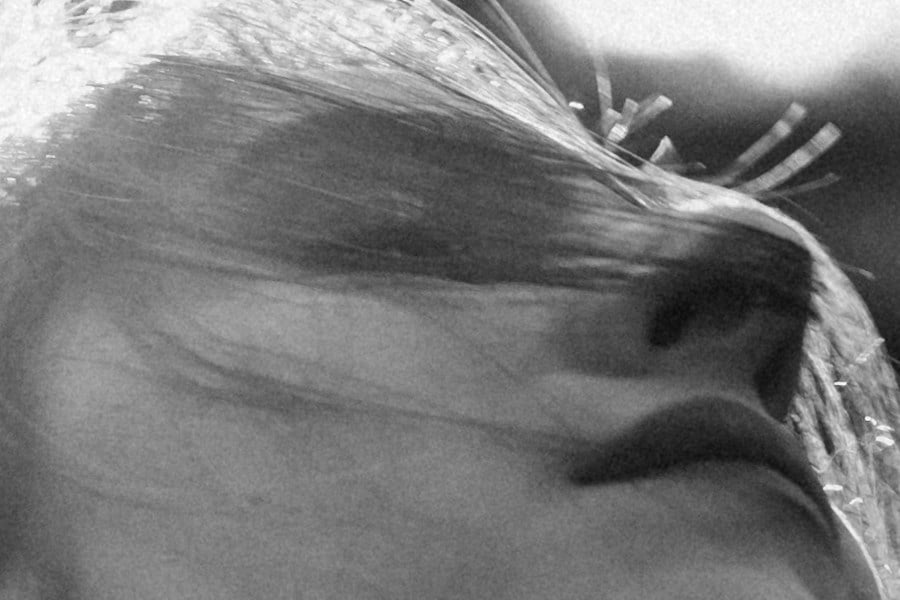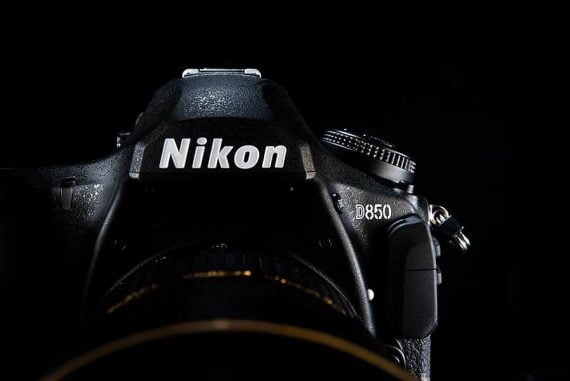
Nikon Z7 Review
An impartial real-world Nikon Z7 review by Italian wedding photographer Francesco Spighi. Why the New Nikon Z7 is a great first generation mirrorless
Before starting my review of the Nikon Z7, I want to thank the guys from Nikon Italy for providing me with the camera and a pre-sample of the new Nikkor Z 50mm f/1.8 S.
I also want to specify that what you’re going to read here are my honest thoughts about the new Nikon Z7, with no bias whatsoever.
I’m not an ambassador (not yet anyway; “hey Nikon…I’m a good boy!”), and Nikon doesn’t pay me in any way. We just have a strong relationship established in the time with the guys here in Italy (the guys, not the brand they’re working for), but this is not enough to hide any “cons” I might come across in my everyday use of this camera.
I’m currently using two Nikon D850s, and before them, I was using D810 camera bodies.
Also, as I’m just a stills photographer I will focus only on the photography side of this camera.
Lastly, as I own a Sony A7 III (that I use for my personal stuff) I will compare the two bodies every now and then in the review, just to underline the main differences between these two systems (without focusing on the image quality as these two are not strictly comparable).
I know a Nikon Z7 vs Sony a7 III comparison may not be fair, but I think it still may be of help to those deciding between these two cameras, the Sony A7R III or even the Nikon Z6 (see review).
Nikon Z7 Review | One Card Slot? WTF?
Looking at the specs of this new Nikon Z7, I must confess my very first thoughts were a mixture of disappointment and incomprehension. I mean, Nikon: WTF. One slot… are you serious?
Then, in the following days, I started to find a reason behind this choice. In the past few years, Nikon and Canon imposed the idea that a camera must have two slots to be considered as ‘pro’ grade, regardless of all the other specs.
It could be a mirrorless or a DSLR camera, full frame or APS-C, but if it’s not equipped with a couple of card slots – no matter the kind of memory cards it can hold – it can’t be called ‘Pro’.
Even Fuji and Sony have equipped their latest cameras with dual slots. If Nikon’s people decided to go with a single slot, there must be a solid reason behind this choice.
[Related: Nikon D850 review | Nikon Z7 II review]
I was an engineer and a project manager in my previous life, (until 3 years ago), and tried to tap into my previous career to understand the “WHY”.
My reasoning is that Nikon wants to sell the Z6/Z7 to people who are amateurs/photo enthusiasts/prosumers – or to some professional photographer whose intention is not to replace his camera but to integrate his equipment; all this without killing its DSLR market (the Nikon D850 is often sold out, even now).
Looking at the past, we discover that Nikon DSLRs have a life cycle that lasts from two to three years before they go out of production. The Nikon D850 however, had been out just one year at the time of the Z6/Z7 launch.
This means that Nikon probably didn’t pay back their initial investment. Putting the Z series in direct competition with the D850, not only would have meant killing that camera, but the first consequence would have been filling the second-hand market with “almost-brand-new” cameras, making their prices drop dramatically.
Another good point: the Z series is based on a totally new flange/platform, with a lot of brand-new components developed exclusively for this camera. Neither Sony nor Fuji started with a pro camera, instead gaining confidence in the mirrorless market niche release after release.
It could be possible that Nikon didn’t want to put the risky ‘beta phase’ on the professional photographers’ shoulders.
Having said that, I started to think about this camera like an excellent prosumer piece of gear that can be used for some professional tasks, instead of as a kind of “flagship” mirrorless camera put together with the wrong specs.
If you want to skip the Nikon Z7 review below, here’s my summary: I’m thinking of selling my Sony A7III to get one of these beauties. Curious to know why? Let’s dive right in!
Nikon Z7 | Specifications
First of all, let’s have a look at the most important features that are in the Nikon Z7. If you want to go deeper in the matter, please have a look at the data-sheet on the Nikon site
MAIN FEATURES:
- 45.7MP full frame Backlit CMOS sensor (similar to D850)
- 3.2-in., approx. 2100k-dot tilting TFT touch-sensitive. Fully functional touchscreen: supports touch AF, touch shutter and touch menu
- Electronic viewfinder: 1.27-cm/0.5-in., approx. 3690k-dot (Quad VGA) OLED with colour balance and auto and 11-level manual brightness controls; 100% frame coverage, 80% magnification
- AF system: 493 focus points hybrid phase-detection/contrast AF with AF assist; -1 to +19 EV (-4 to +19 EV with low-light AF), approx.. 90%
- Shutter: Electronically controlled vertical-travel focal-plane mechanical shutter (tested for 200000 cycles); electronic front-curtain shutter; electronic shutter
- Vibration Reduction (VR): 5-axis image sensor shift
- Large, Medium and Small raw format, 14 or 12-bit, three level of compression
- Movie: 3840 x 2160 (4K UHD); 30p (progressive), 25p, 24p; 1920 x 1080; 120p, 100p, 60p, 50p, 30p, 25p, 24p; 1920 x 1080 (slow-mo); 30p x4, 25p x4, 24p x5
- Joystick selector
- Built-in Bluetooth and Wi-Fi
- Silent shooting mode: fully-silent, electronic shutter in live view (6 fps silent shooting)
- Native ISO range: 64-25,600
- ISO 64 extendable down to ISO 32 (Lo1 = 32, Hi 2 = 108,400)
- Up to 9fps burst mode
- Memory card slot: one XQD
- Dimensions (Width x Height x Depth): Approx. 134 x 100.5 x 67.5 mm – 5.3 x 4 x 2.7 in.
- Approx. Weight: 585 g/1 lb 4.7 oz (camera body only), 675 g/1 lb 7.9 oz with battery and memory card
Nikon Z7 | Build Quality

From the very first time you hold this camera, you immediately get a deep feeling of strength and reliability – the Nikon Z7 feels just like a DSLR in your hands. Also if it’s as small as a Sony A7 III.
It’s super well balanced, responsive, and beautifully constructed. It feels tough, like any other professional DSLR that Nikon put on the market.
Quoting a teardown article on Lensrentals:
“This is not marketing department weather resistance. This is engineering department weather resistance. Anything that can be sealed has been sealed. I’m impressed, and I will say for future cut-and-paste blurbs: this is as robustly weather sealed a camera as we’ve ever disassembled….. I’m not here to tell you which camera is best to use or has the best performance. I’m just here to say this is a damn well-built camera, the best built mirrorless full-frame camera we’ve taken apart.”
Because of the fact I use cameras in any condition (and when I say “any” I literally mean “ANY”: I fell down in a 1,5 meter deep pool in 2014, with a D800 and a D800E that – once dried – returned to full health!), it’s good to know Nikon engineers are putting in this new Z platform exactly the same efforts they’re putting on their flagship DSLRs.
Meanwhile, it seems that Sony hasn’t quite reached the same level of water sealing…
Nikon Z7 | Ergonomics, Handling & Controls
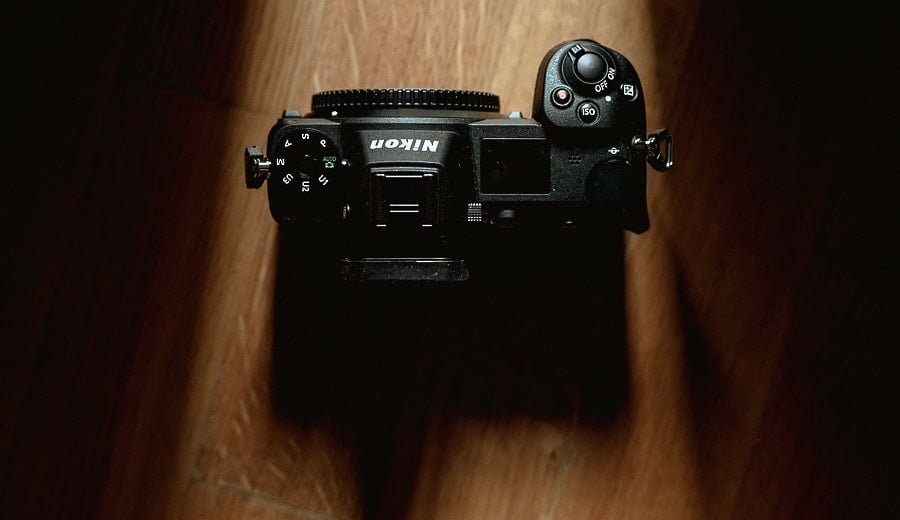
The Nikon Z7 is clearly a Nikon camera, and if you’re coming from one of their DSLRs you will definitely feel at home.
In the Nikon Z7, you’ll find all the same care they put in each and every detail to improve the user experience.
The first time I put my hands on it I thought it was way bigger than my Sony. The first impression is that it’s more like the Nikon D850 than the Sony A7 III.
However, looking at the datasheet, the dimensions and weight are actually almost the same.
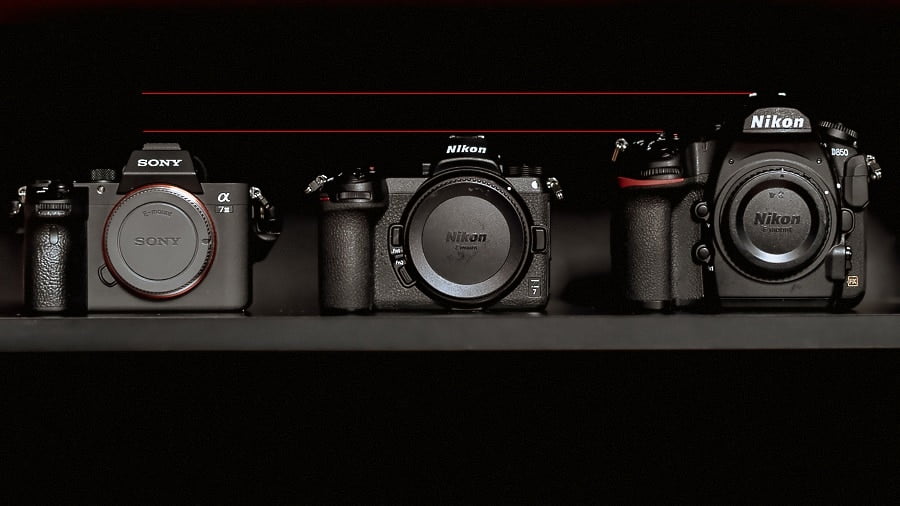
Sony a7III | Nikon Z7 | Nikon D850
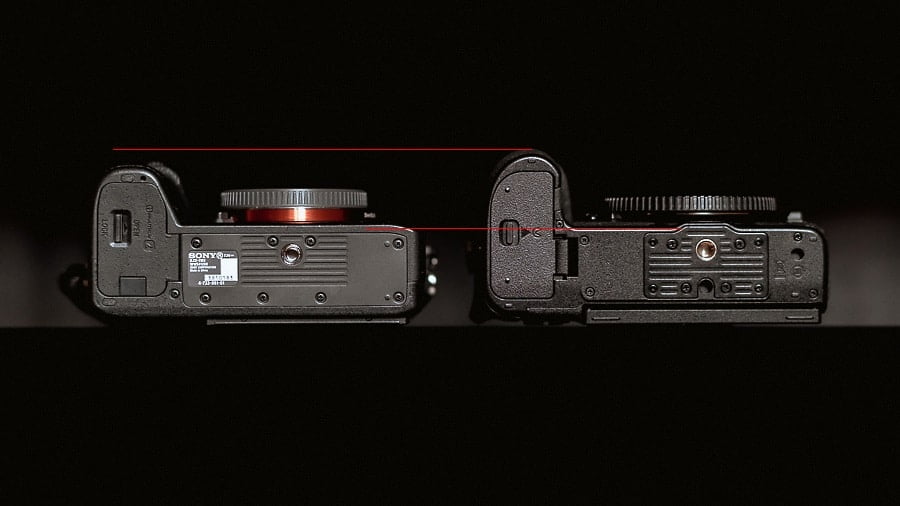
Sony a7III | Nikon Z7
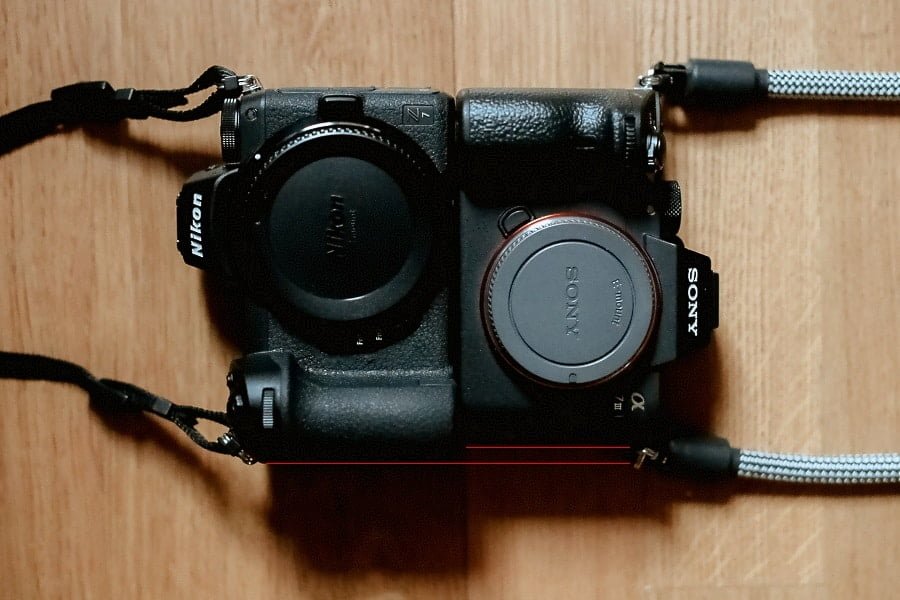
Nikon Z7 | Sony a7III
So, why does the Nikon Z7 handle so much better than the Sony? I mean, it’s not just because it has a slightly bigger grip…
I started to analyze the two bodies and found there are two aspects that, in my opinion, make all the difference.
The first big one is the rubber Nikon is using. As on their pro-DSLRs, the rubber here is less smooth compared to the rubber on the Sony, and gives way more grip when in contact with your hands.
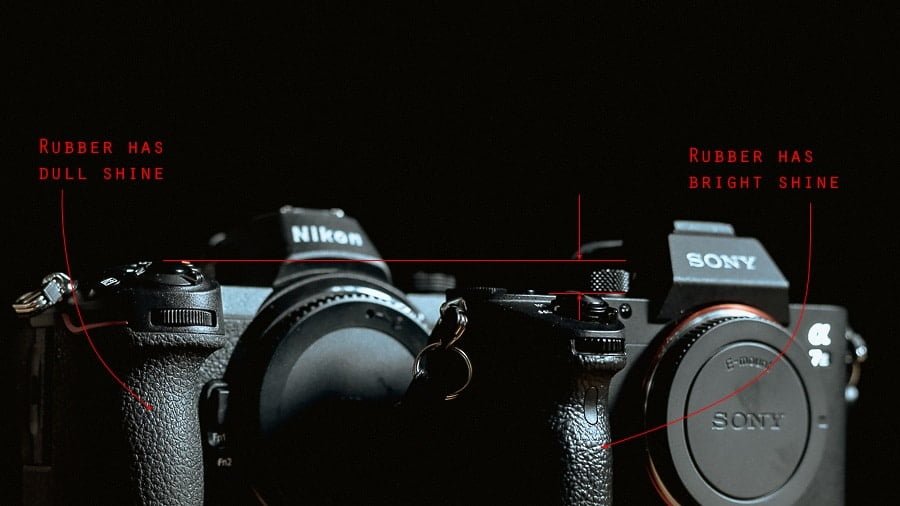
Nikon Z7 | Sony a7III
In addition, the camera body is wrapped completely with rubber coating, while on the Sony A7 III you are in direct contact with the metal body at various points on the camera (the area where the fingers meet the camera are affected the most).
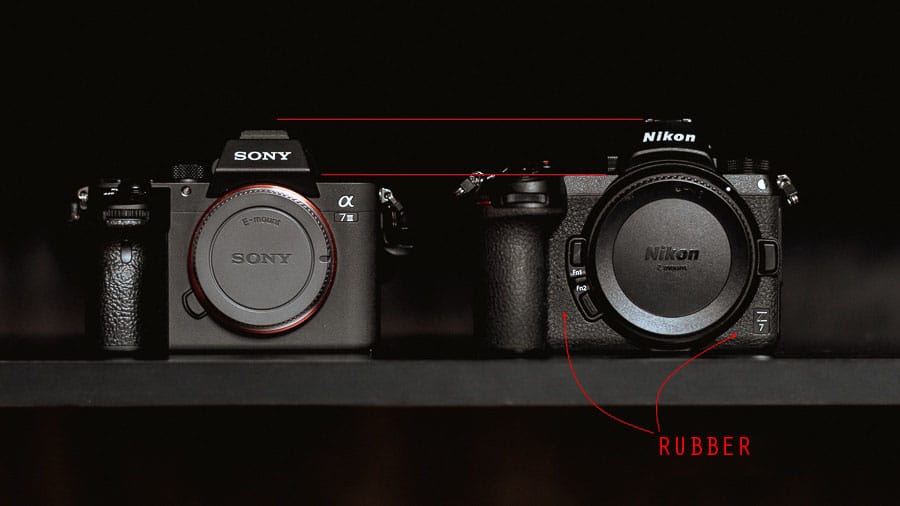
Sony a7III | Nikon Z7
The other difference is the way the grip is designed. On the Nikon Z7 there is much more space for your right thumb, and more importantly, the shutter release button is placed 6 or 7mm higher – this gives the user a stronger feeling of control, and a lot of confidence when it comes to changing the way you hold the camera.
Both systems have almost the same buttons and dials, but you can find a few differences.
The Nikon Z7 mode dial, for example, is on the left side of the camera – this makes it easier to operate while shooting, and it features a central button that needs to be held down for the dial to be rotated, preventing any accidental setting changes.
Where Sony put its mode dial, on the Nikon Z7 you find a beautiful top plate OLED display that shows the most important settings.
Both have a cross-selector, a joystick, two dials to control aperture and shutter speed independently, and an FN (A7)/I (Z7) button to recall on the screen a customizable menu (that’s touch sensitive on the Z7) with the twelve functions you use more frequently.
On the Nikon Z7, exposure compensation is made in the usual Nikon way, by holding the dedicated button and rotating the rear dial, instead of having a dedicated dial (that personally I don’t like because I usually accidentally rotate it).
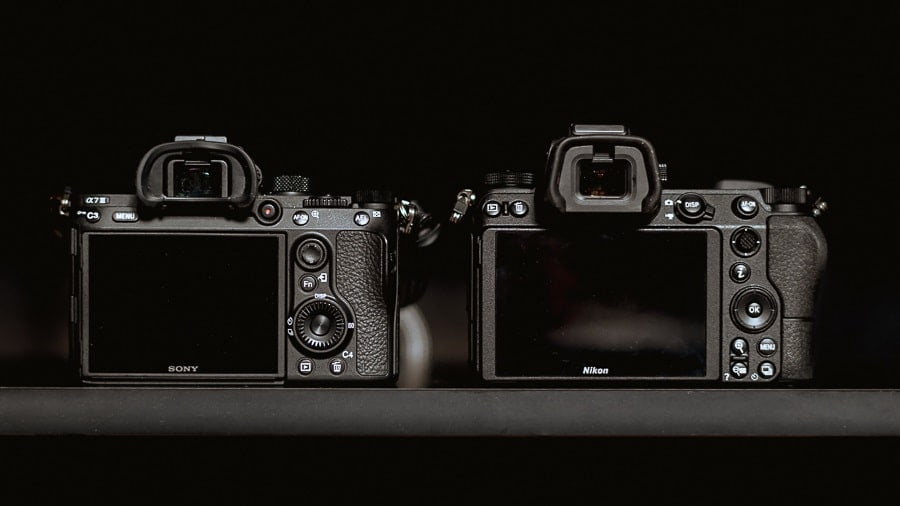
Sony a7III | Nikon Z7
On the operating side, what makes the Sony A7 III give better results in terms of user experience is the crazy amount of options you can assign to each customizable button. I’ll talk about this more in a bit.
The good thing here is that we have U1/U2/U3 customizable user banks on the mode dial (the memory banks found on the D850 are not implemented), that work in the same way we saw on previous Nikons like the D750.
I’d like to see a few more custom buttons, maybe one on the left, where we were used to having the AF control button, to provide the ability to fully control the camera while shooting, without actions that require more than one additional step to be activated.
With the Sonys, I really appreciate the multiple ways you can operate and fully customize its buttons.
On the Sony A7 III you can create three set of functions (called “Custom Shoot Sets”, close to what you can do customizing the U1/U2/U3 options on the mode dial) that you can associate to any camera button.
For example, it allows you to assign a combination of AF, metering, ISO, and various other settings to each button, switching from one set to the other with just one press.
On my Sony A7 III, I configured the tracking AF to the shutter release button, the eye AF to the AF-ON button and the AF-S combined with single spot metering on the AEL button.
This is something I’d like to see on the next generation of Nikon mirrorless cameras. You can do something similar on D5/D850/D500 cameras with the “AF area mode” and “AF area mode + AF-On” options (it permits you to temporarily switch from different AF modes – see my D850 review, in the autofocus performances paragraph), but Nikon has omitted these modes on the Z7.
On the other hand, most people will probably find the Nikon Z7 easier to deal with, since you don’t need to spend a ton of time setting up the camera.
Lastly, let’s talk about the menu. The one you find on the Nikon Z7 is actually the same one you were used to seeing on the previous DSLR, following the same structure and colour coding.
If you’re coming from a D850 – it also offers an almost-identical set of options.
The menu on the Sony A7 III on the other hand is still a huge mess, and it caused me a headache for the first week – don’t know if it’s just because I’m used to the Nikon menus, but all the people I talked with agreed with me.
If you want to understand what I mean, see how much time it takes you to find where the hell the menù item “format card” is! It’s so deep inside the menu system that if you don’t put it in your “my menu” you’ll get lost every single time.
Nikon Z7 Review | Viewfinder and Screen Quality
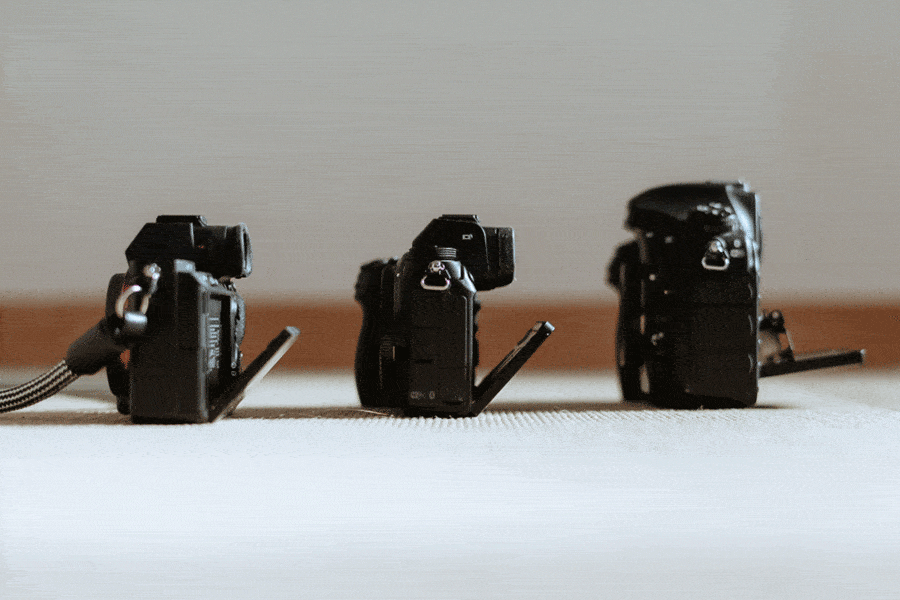
Sony a7III | Nikon Z7 | Nikon D850 tilting screen comparison
As for the viewfinder and screen quality, these are a BIG thumbs-up. The touchscreen has the same quality of the one mounted on the D850, if not better.
It also seems they have the same colour fidelity/tones and the same awesome touch capabilities. What I see there is amazingly close to what I see on my calibrated monitors.
If you look at the datasheet, the one installed on the Nikon Z7 has a slightly lower resolution, but considering there is a difference in the form factor of the two devices, the pixels used to display a photo are the same.
To give you a better idea, we’re talking about 2.1M-dot vs. a 1.44M on the A7RIII and 0,921M on the Sony A7 III.
The touch-screen is great, and it allows you to operate any feature, from the AF point to each menu and sub-menu item, as well as zooming and navigating through images in playback mode.
Compared to Sony, it seems at least one generation ahead (Sony’s one only responds to some of your touches, like when you want to focus).
If I must find a “con“, it is slightly unfortunate that while composing the frame through the viewfinder there’s not an option to use the rear LCD as a track-pad to control the AF point, which is a feature Sony actually does have.
A curious thing I noticed is that the titling LCD movements on the Nikon Z7 are actually the same as the Sony A7 III. So, instead of replicating the perfect leverage you find on the D850 – a 90° downward rotation – they used the same solution you find on the A7III, with 90° upwards and only around 40° downwards (see image above).
As fro the EVF, it’s simply the best one I’ve ever seen. It seems Nikon made a big effort in the development of this feature, considering that (judging by their statements made in the past), having a perfect viewfinder experience was one of their biggest concerns.
You can see just a bit of lag if you do quick panning especially in low light, but apart from that it’s an awesome device, built around a 3.69M-dot display that seems to use the whole resolution both to focus and to review the images (some competitors drop to a less detailed view in some circumstances, like the Sony A7 III seems to do when focusing).
Nikon Z7 | Storage and Battery
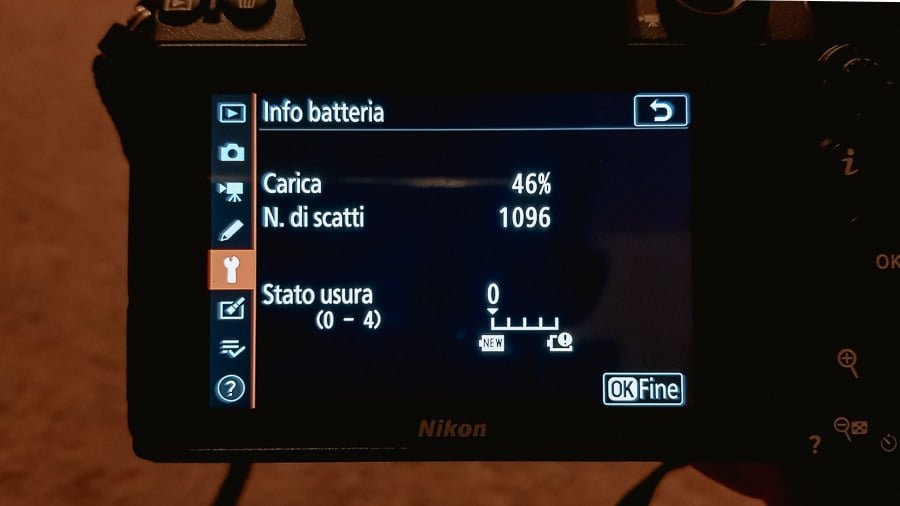
Nikon Z7 battery life | 1,096 shots with 46% of battery life remaining

Nikon Z7 battery life | 644 shots with 74% of battery life remaining
These two specs were enough to create a lot of messy debates on the internet…
I’ve already talked about it in my intro, but the single card slot sounds like Nikon is saying “we don’t want to fight on the pro-market”.
As a wedding photographer, I will never work without an instant backup. However, if you operate in different fields you do have the built-in Wi-Fi/Bluetooth option (at up to approx. 433 Mbps) that can help in getting the task of instant backup done.
If you shoot fashion, portrait, landscapes – or anything that doesn’t involve hundreds of photos per hour – you can connect the Nikon Z7 to your network or create a direct connection to your laptop, as well as to your tablet or phones. Then you can send your files there (stills + video) choosing from a bunch of options, from the full RAW file to a small 2-megapixel jpeg.
As for the battery life, we all know that the CIPA test is leagues away from real-life scenarios, and basically their test figure of only 330 shots means nothing.
After two of the various sessions I did, I had a look at the battery information on the Nikon Z7. The first time I took 1,096 shots with 46% of battery life remaining (in around 3 hours, with a lot of scrolling/zooming/review actions, touch-screen “ON”). Another time I shot 644 photos with 74% remaining (a couple of hours shooting, touch-screen “ON”).
As I said, far, far away from that 330 photos the datasheet says, don’t you think?!
Nikon Z7 | FPS & Buffer
This is another aspect that underlines how Nikon’s intention with this camera was not to compete on the professional market, from my point of view at least.
Coming from a Nikon D850, with which you can shoot 170 RAW 12-bit compressed files using a single XQD (and – from my test – 42 frames using a RAW backup on the second slot), it’s just unbelievable that here you can get only approximately 26 frames of a 12-bit RAW files, and around 18 of a 14-bit RAW files (according to their brochure: “continuous shooting at 9 fps lasts approx. 2.5 s in 12-bit RAW”).
Ok, the D850 has a maximum frame rate of 7 fps instead of 9fps, but the difference is huge. In addition to this, burst mode has a few more limitations, as you can see in the tech specs:
- High-speed continuous: 5.5 fps (14-bit NEF/RAW: 5 fps)
- High-speed continuous (extended): 9 fps (14-bit NEF/RAW: 8 fps; AE is fixed at the first frame)
Comparing the Nikon Z7 to Sony cameras, the A7R-III can shoot 30 uncompressed 14 bit RAW at 9 fps, while the A7-III can take the same 30 uncompressed 14-bit RAW at approximately 10 fps (source: Imaging Resource).
[Related: Sony a7R III review]
Anyway, the results you get with the Z7 are enough to do almost everything, but in certain cases, a “Pro” might expect something more from his equipment (having said that, the extra half a second of burst mode that Sony gives you shooting uncompressed RAW files in these cases may not be enough either).
Nikon Z7 | FTZ Mount Adapter
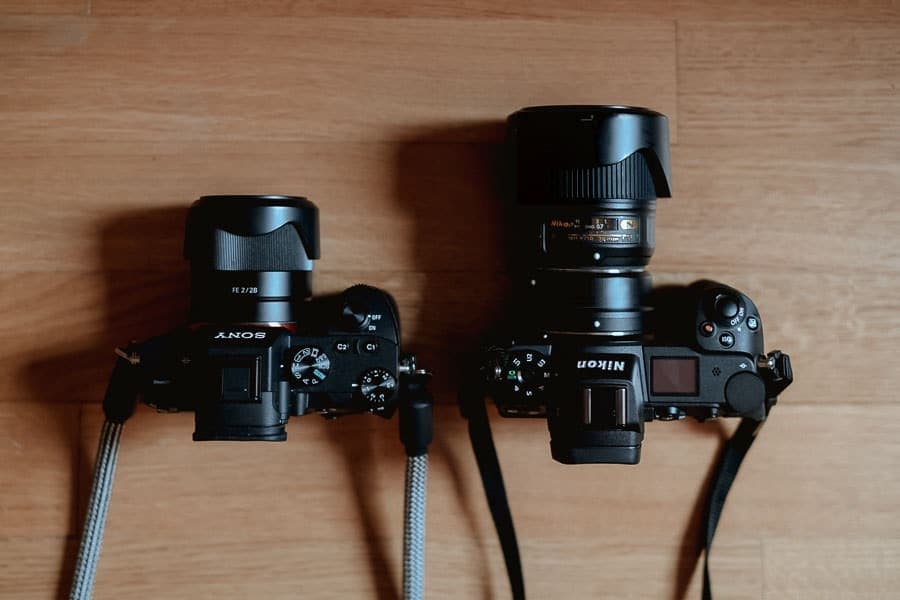
Sony a7III | Nikon Z7 + FTZ Adapter + Nikon 28mm f/1.8 G
The Nikon FTZ mount adapter is the bridge between the larger Z Mount and all the F-Mount NIKKOR lenses, maintaining all the AF/AE capabilities on around 90 of them (AF-S/AF-P).
On the lenses I tested, the AF performs in the same way it does on DSLR cameras. Because of the hybrid system, the continuous AF on this camera uses a different working process in acquiring focus, turning out that lenses become a bit noisier while continuously moving to maintain the focus on the chosen subject.
Apart from this, I didn’t find any major issue, but with the added benefits of the camera’s built-in VR image stabilization.
Nikon Z7 | Auto Focus Performance
After the single XQD card slot, the AF performance of the Nikon Z7 is probably causing the greatest headaches in the Nikon headquarters… judging by the raging Internet debates anyway.
I mean, you can read everything, from “it’s the worst AF system on a mirrorless system” to “it overtakes Sony in many aspects”. So, what’s the truth?
Well, I didn’t do any scientific test to get the exact measurement about how one exceeds the others so I can’t tell you. Instead I separated the performances of this AF-System from the features it has, and checked to see how easy is to work with.
It’s worth considering this: If the AF-System is s*it, it will be hard for Nikon to fill the gap with a professional mirrorless camera in the near future.
However, if the AF performs decently and there is just a lack of control features, we can imagine seeing a Flagship Nikon Z soon.
The Nikon Z7 features 493 hybrid phase-detection/contrast AF points that cover the frame 90% horizontally and vertically.
It also features face detection with body movement technology that, as reported by DP-Review “continues to track a subject even if they turn their face away from the camera“.
The declared range is -1 to +19 EV (-4 to +19 EV with low-light AF, sadly at the cost of much slower autofocus).
AF points are red and bright, that makes them easy to see in the viewfinder (compared to Sony’s grey ones).
Unfortunately an “Eye focus” option, that actually in a few circumstances is a game changer, is totally missing.
Also, I found the AF hunting a bit too much in low light, while my Sony A7 III still performs decently. This happens in AF-C if you are not using subject auto-tracking or face recognition. In these cases, the AF is not bad at all, but it’s still a bit slower.
The AF System has a few different modes you can work with, both in AF-S and in AF-C. They all work well, but I put 95% of my attention on the dynamic tracking of the subject. From what I saw, it has really good performance.
It’s not as easy to use and customize as the Sony one, but both the tracking system and the face recognition (the most debated working modes) work well. So well in fact that I’d be switching from my D850 to this camera if only it had a dual slot.
What I found with the AF in the Nikon Z7 is a really responsive system, that tracks the subject in a more than decent way.
Some argue that it’s not as fast or reliable as the 3D-Tracking that I almost always use on my Nikon D850, but once I found a way to use it, I found myself being as fast as on my DSLR.
What discourages you at the start is that there’s no way to simply place an AF point over the subject and start focusing. While the standard way to operate is half-pressing the shutter to track and releasing it to reset the AF point to your previously chosen position, the Nikon Z7 needs you to press OK to enable subject tracking, to press it again if you want to change the subject, and to press it again if you want to stop tracking. Weird and awkward.
But, if you work using the touchscreen instead of the viewfinder (as I did 95% of times using this camera or and as I usually do with the Sony A7 III, because I think here is where a mirrorless system make the true difference compared with a DSLR), there is a workaround: you can change the subject to track using your left thumb on the touchscreen, and from what I saw it makes you as fast as you are with Sony or Nikon 3D-Tracking.
After a bit of frustration at the beginning, I didn’t find any major difference comparing the AF on the Nikon Z7 with what I get using the Sony A7 III.
In conclusion, what’s important if you want to obtain the best from this Z-system in tracking mode for now, is to change the way you use it, switching to the combination display+touch. Have a look at these videos below (and sorry for my terrible Ital-English).
[Configuration used on the Sony A7 III on this test: Lock-on AF – Flexible Mode: M – AF Track Sens: 1 (locked on), as suggested by Sony Imaging PRO support people]
As for Face Recognition. I didn’t find any major issue, and after a couple of days, I felt perfectly comfortable with the Nikon Z7.
One thing I noticed is that I felt like the camera knows where eyes are, and on 90% of the photos where I used it, the focus stuck to the closer eye. If it gets the face, you have a really good chance it gets the eye.
I can show you how it works with the following video; it’s far from professional but it explains well what I mean. Here I was using the amazing NIKKOR Z 35mm f/1.8 S, wide open.
(The lady in this video is Marianna, a friend of mine and an awesome photographer…have a look at her work on Instagram!).
Nikon Z7 | Metering
I don’t have a lot to say about this aspect as I found that the camera performs more or less like the Nikon D850.
But what I noticed is that, particularly in Matrix mode (which meters a wide area of the frame to give a result as close as possible to what the eyes see), the camera gives a lot of importance to the focus area or to the point where you lock the exposure.
I think somebody in some way could see it as a defect, but to me, it works great especially if you shoot in RAW, because it’s really conservative on the highlights.
Nikon Z7 | Image Quality and ISO performance
Here is where this camera really shines. It was hard to do better than the Nikon D850, but here and there we can see some improvement, especially in the highlights and in how this camera performs in terms of skin tones.
Using my same personal preset on both the images you can see how on faces the Nikon Z7 results in a smoother skin surface, rich of detail, and with well-preserved.

Nikon D850 + 28mm f/1.8

Nikon Z7+35mm f/1.8
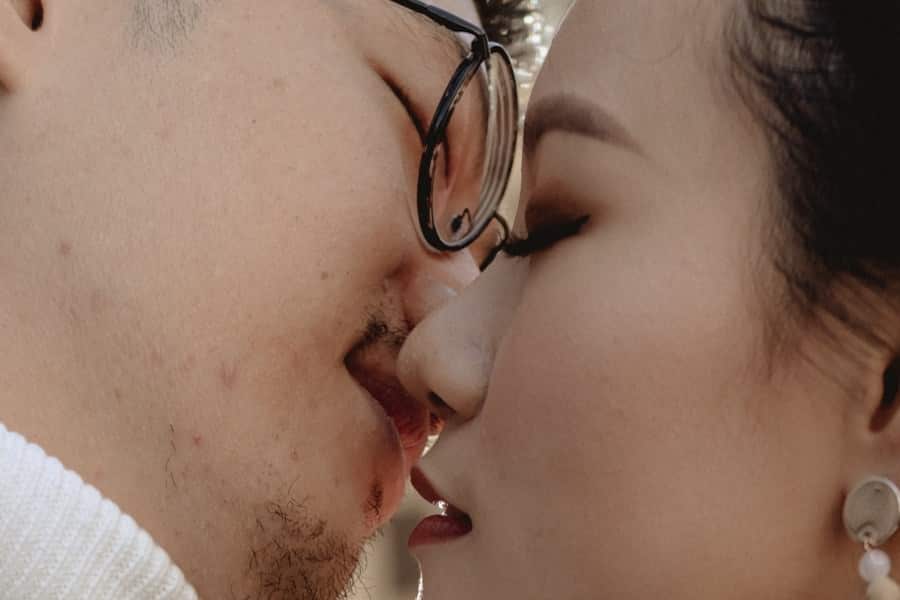
Nikon D850 100% Crop

Nikon Z7 100% Crop
You can observe the same thing looking at the 100% crop SOOC, especially at how the shadow tones are well-preserved and with a softer gradient on the Nikon Z7.
Also, I saw that if you set the same WB on both the cameras, the Z7 file is a bit more magenta, and to make them look the same you have to move the tint slider 5 or 6 points in the green direction in Lightroom.

Nikon D850, 28mm f/1.8 @F2,5, 1/4000

Nikon Z7, 35mm f/1.8 S @F1,8, 1/5000

Nikon D850 100% Crop

Nikon Z7 100% Crop

Nikon D850 100% Crop SOOC

Nikon Z7 100% Crop SOOC
In the tests I did I always put a greater emphasis on people and movement – those are the fields that interest me more.
I used the Nikon Z7 with my kids and family, with a couple of friends ,and in one engagement session.
The whole time I used face recognition or tracking mode, 95% of the time with the rear LCD display.
Below you can see some more images I took with this awesome camera. For some of them, you can find a 100% crop to show where the camera got the focus with face tracking.
If you want to see more example in higher resolution, please have a look at my blog post. Where it’s not specified, I used a presample of the NIKKOR Z 50mm f/1.8 S.
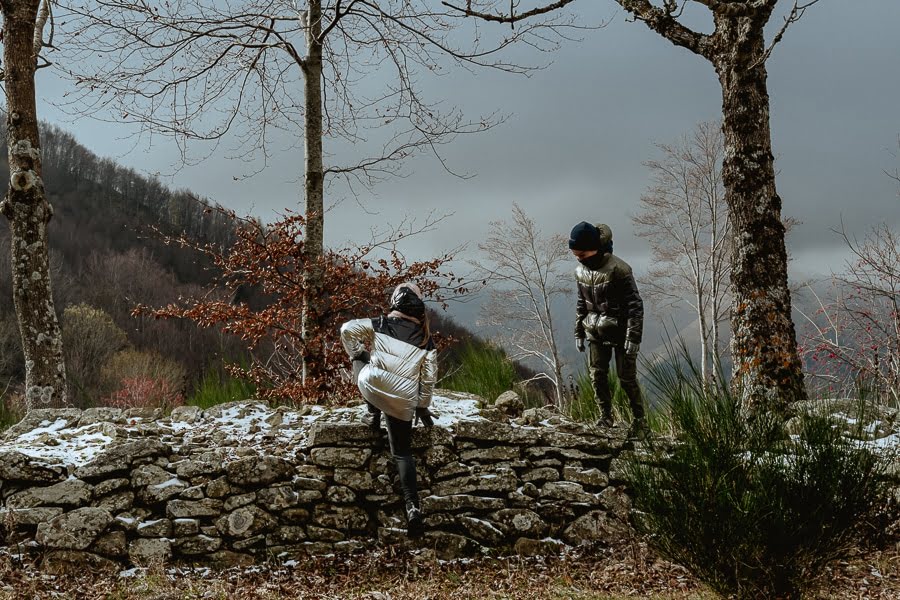
Nikkor 24-70 F4 S – 24mm, F11
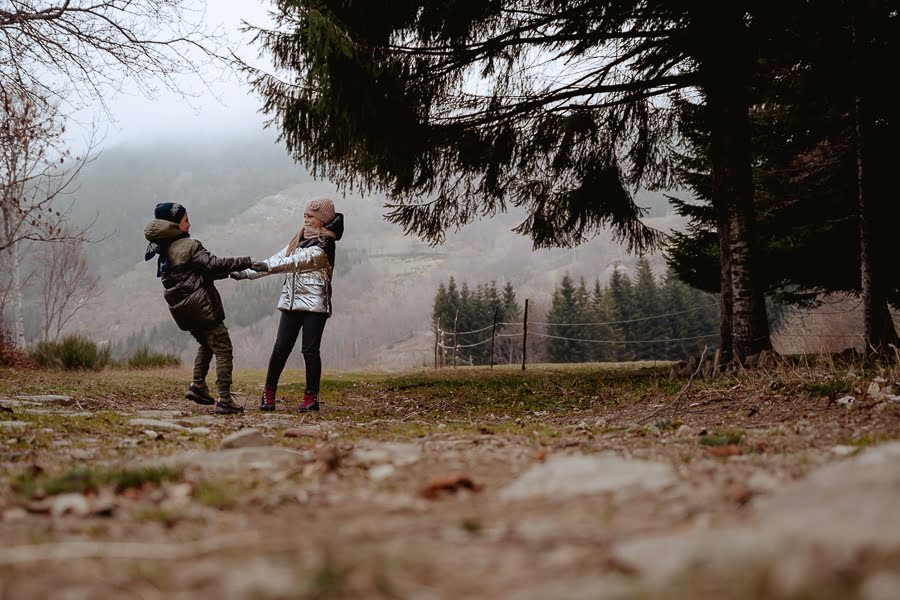
Nikkor 24-70 F4 S – 60mm F4
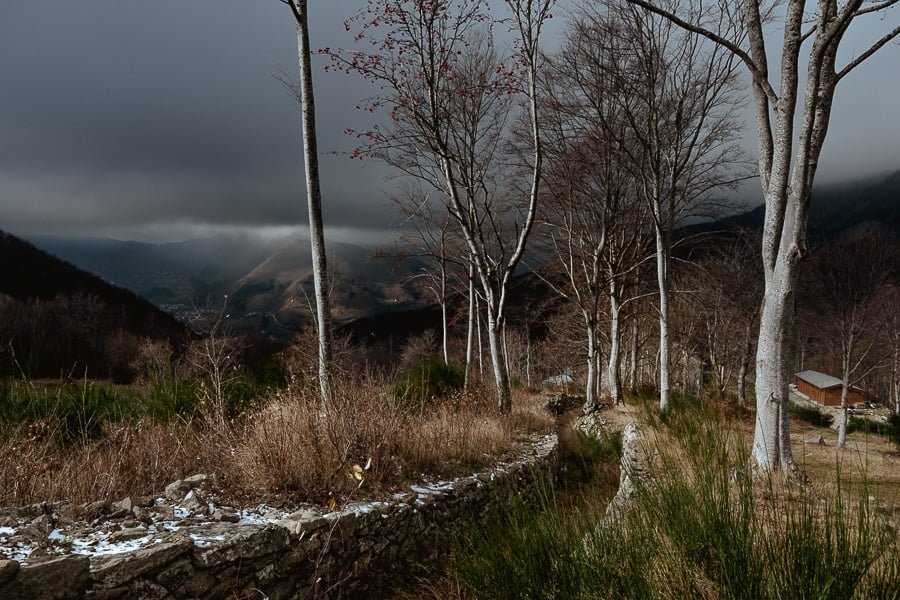
Nikkor 24-70 F4 S – 24mm, F7,1
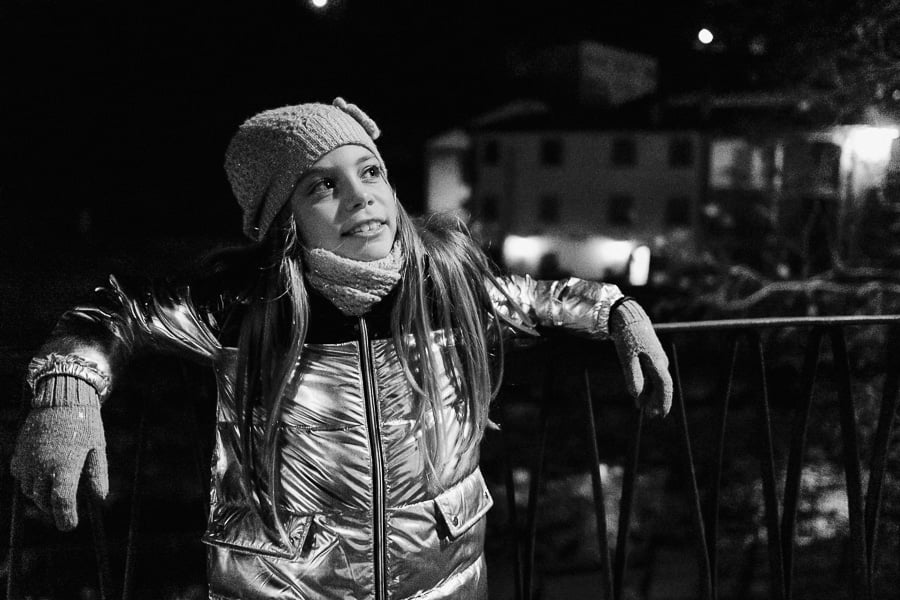
Nikon 28mm F1,8G @25600 ISO
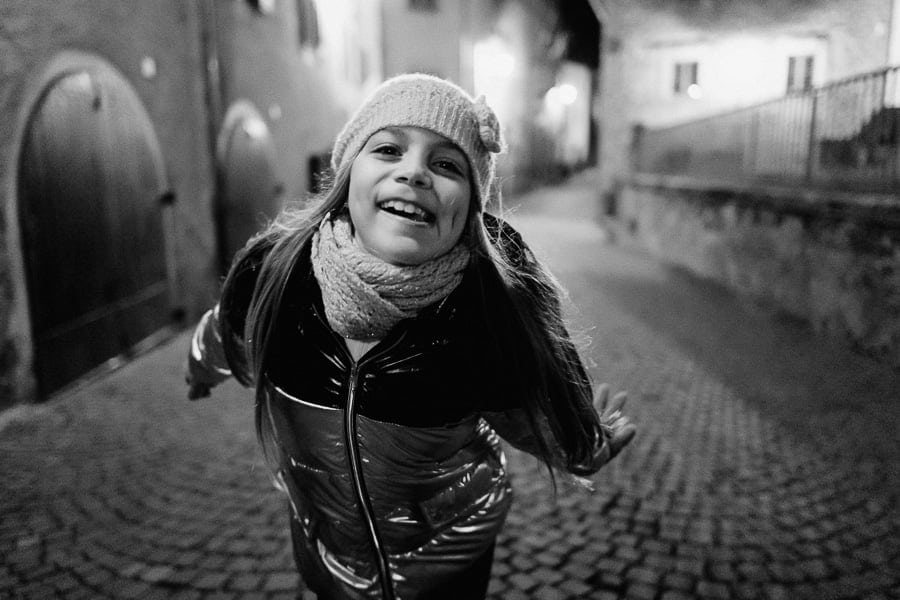
Nikon 28mm F1,8G @7200ISO – 1/125s – FTZ adapter + AF-C with Face Detection 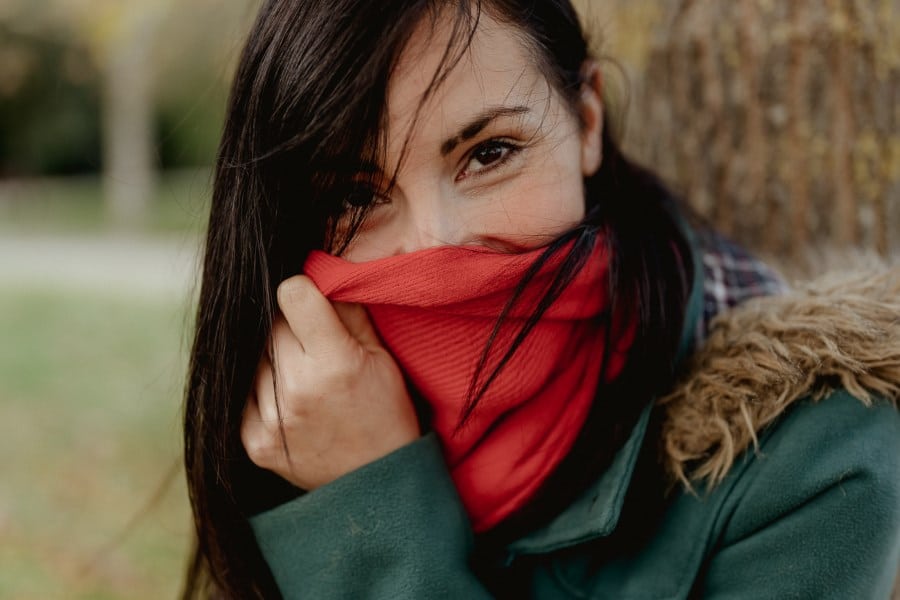
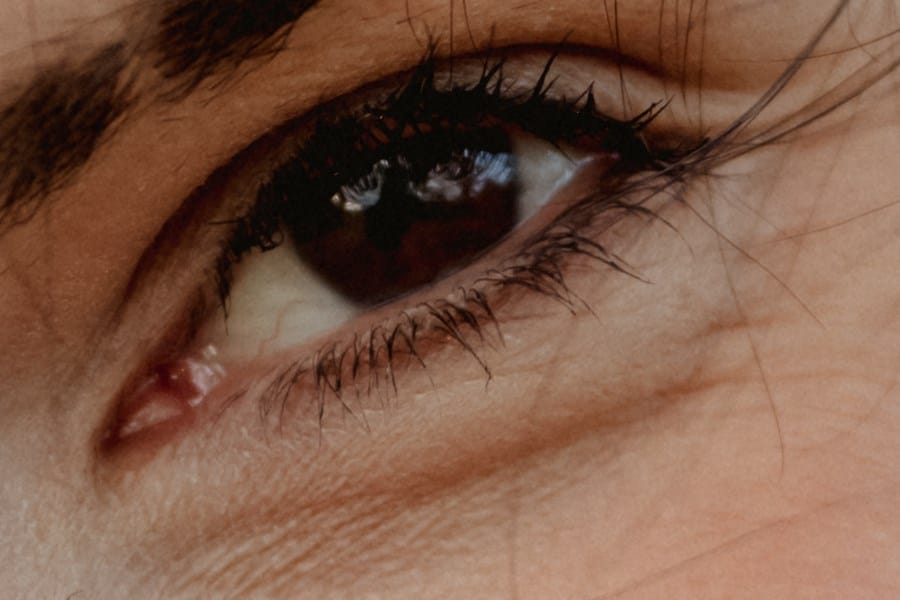
Face Detection – Crop 100%

Face Detection – Crop 100%

Nikkor 58mm F1,4 G @1,4


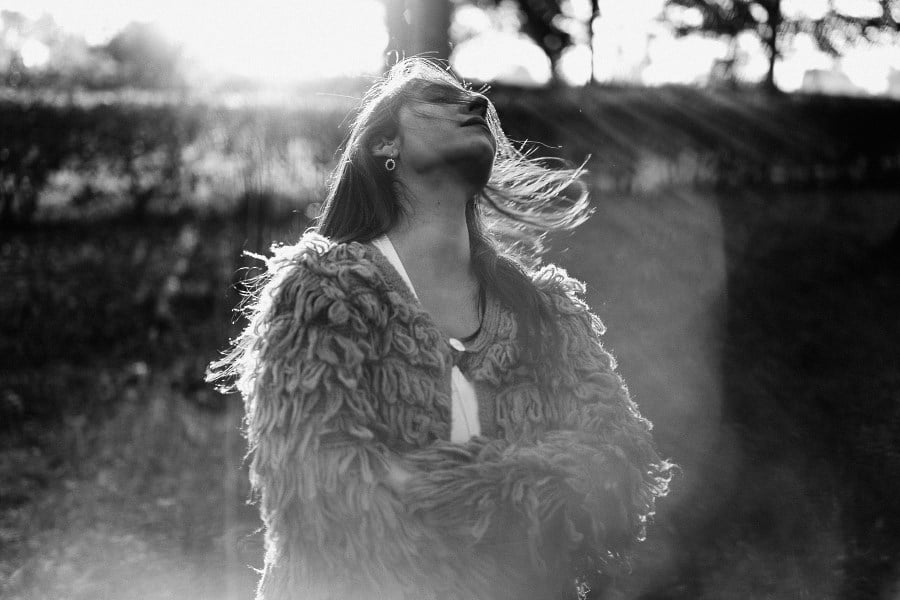



Face Detection – Crop 100% (SOOC pushed +4EV)
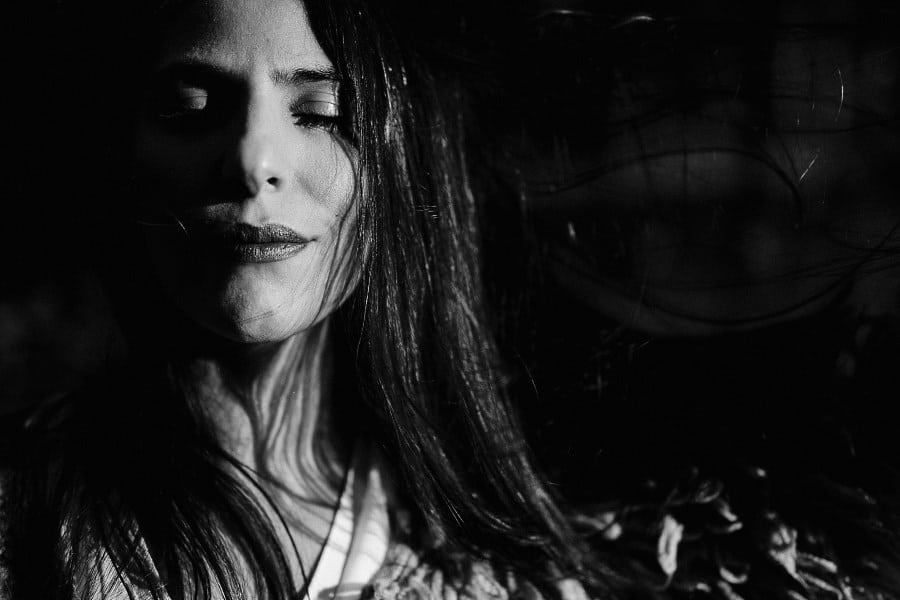
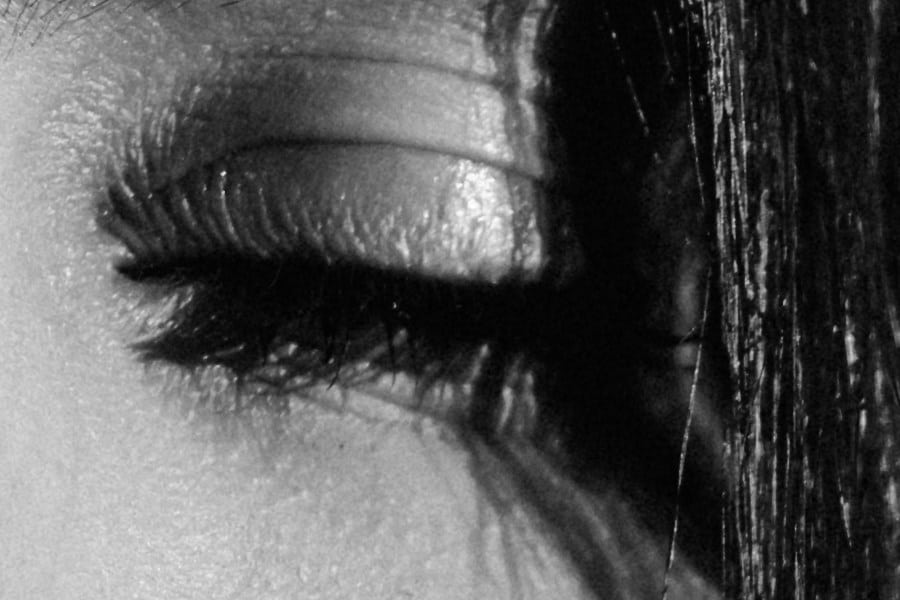
Face Detection – Crop 100%
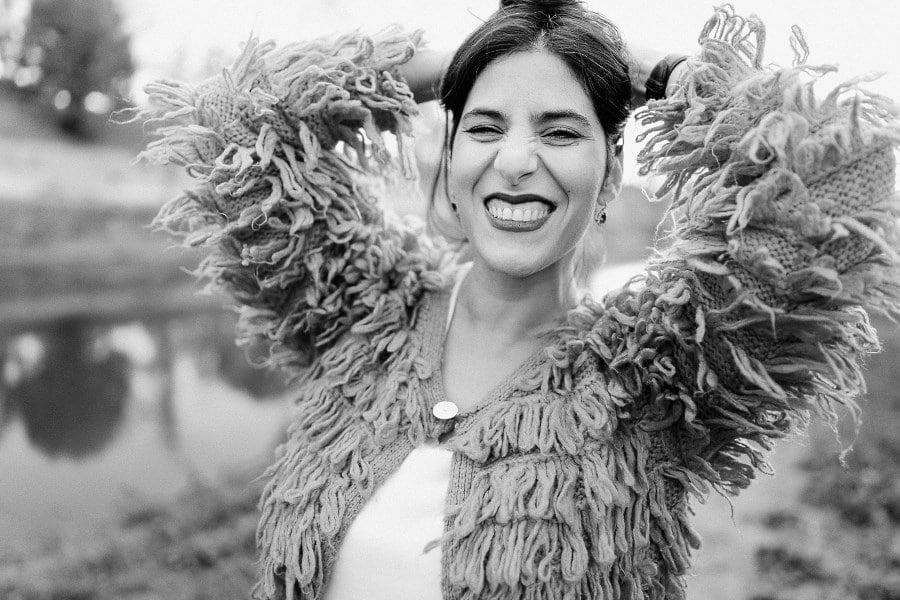
35mm F1,8S 2200 ISO
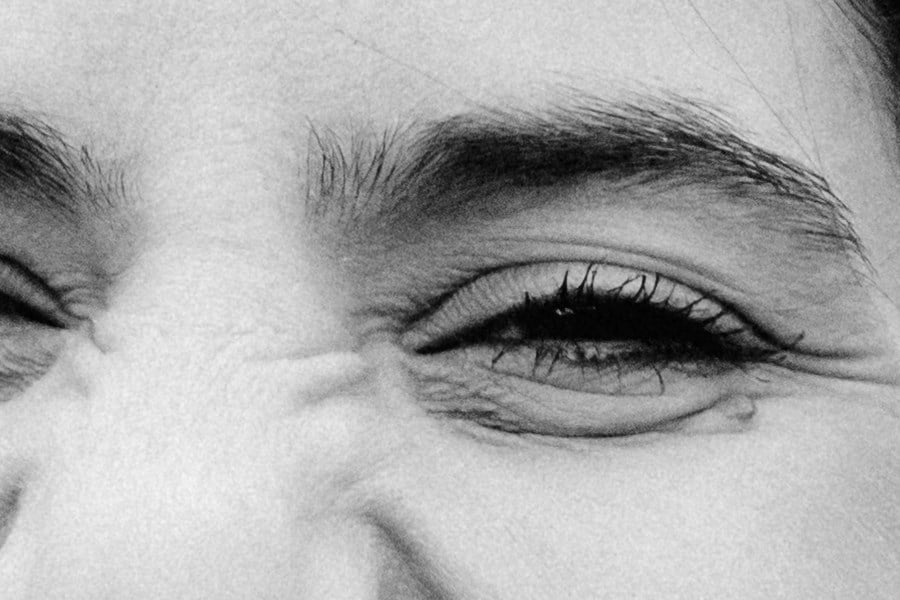
Face Detection – Crop 100%
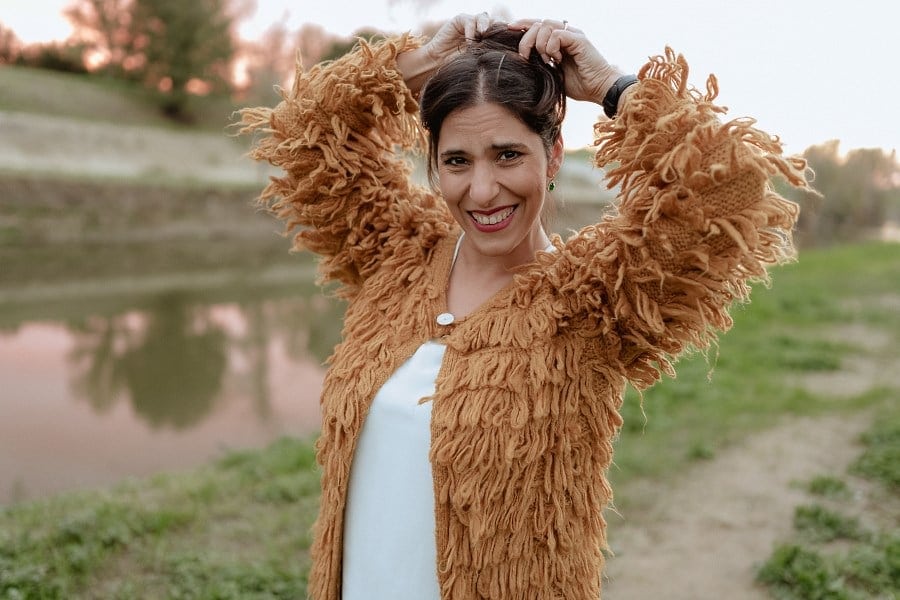
35mm F1,8S 2000 ISO

Face Detection – Crop 100%
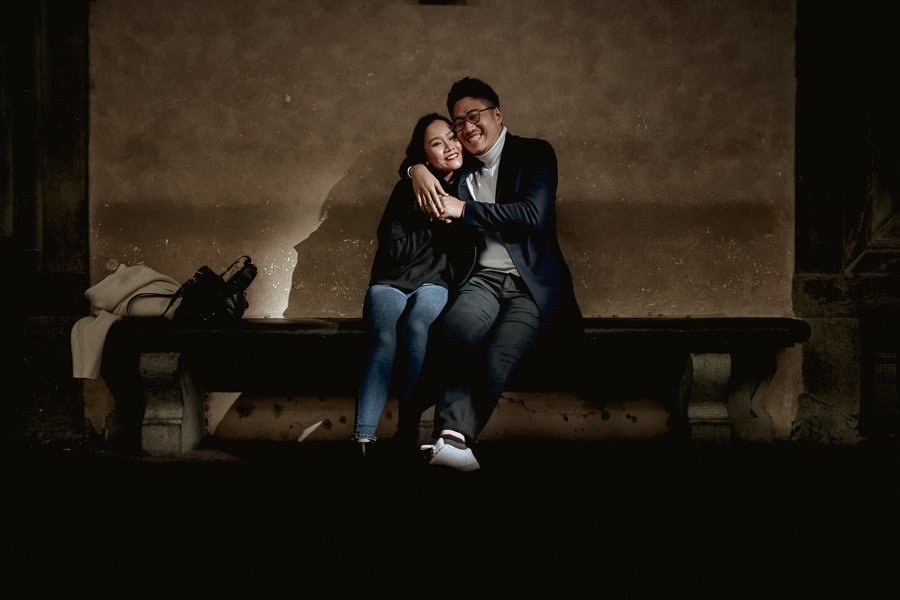
35mm F1,8 S
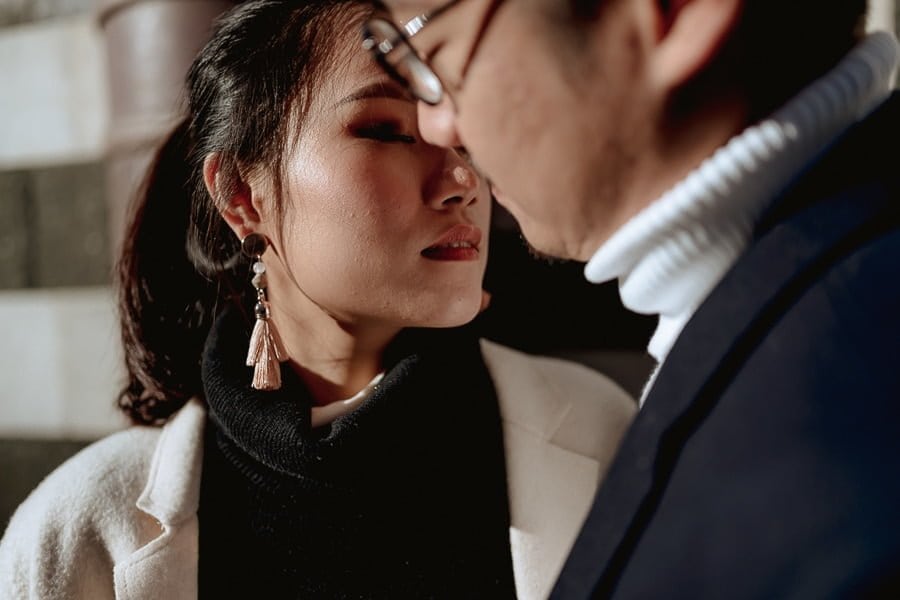
35mm F1,8 S
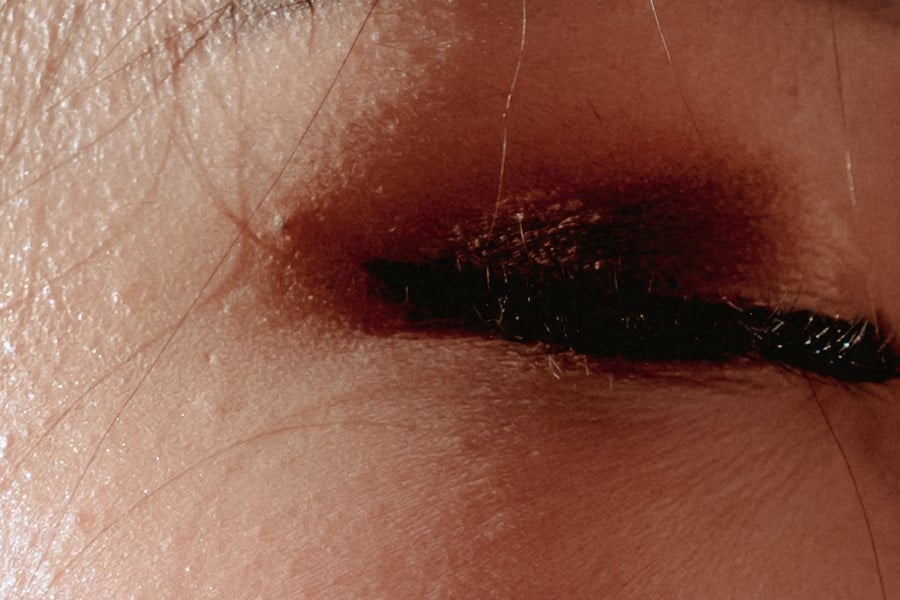
Face Detection – Crop 100%
Nikon Z7 | Banding Issues…?
Some people on the net found a certain kind of banding issue, probably due to the phase-detection AF pixels that are included in the Nikon Z7 sensor. Here are my own personal findings…
Banding might appear if you push the darker tones too much in your image. It might pop-up if you push your photos 5 or 6 stops, or if you push them just 3 stops but work at the same time on the shadows.
Of course, it happens just at lower ISO ranges because – growing with ISO – the dynamic range decreases and the noise/signal ratio increases, making it impossible to recover the same amount of stops from a photo. The issue is largely hidden in the grain at high ISOs.
Furthermore, it seems to happen just with dark subjects that are really uniform in colour and tone, like a flat surface.
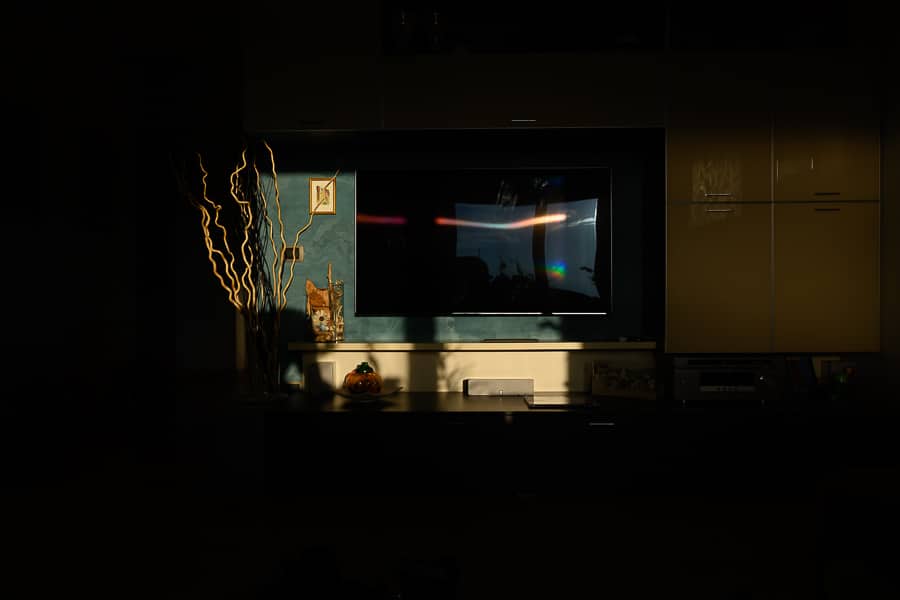
Original – SOOC

Pushed 4 Stops
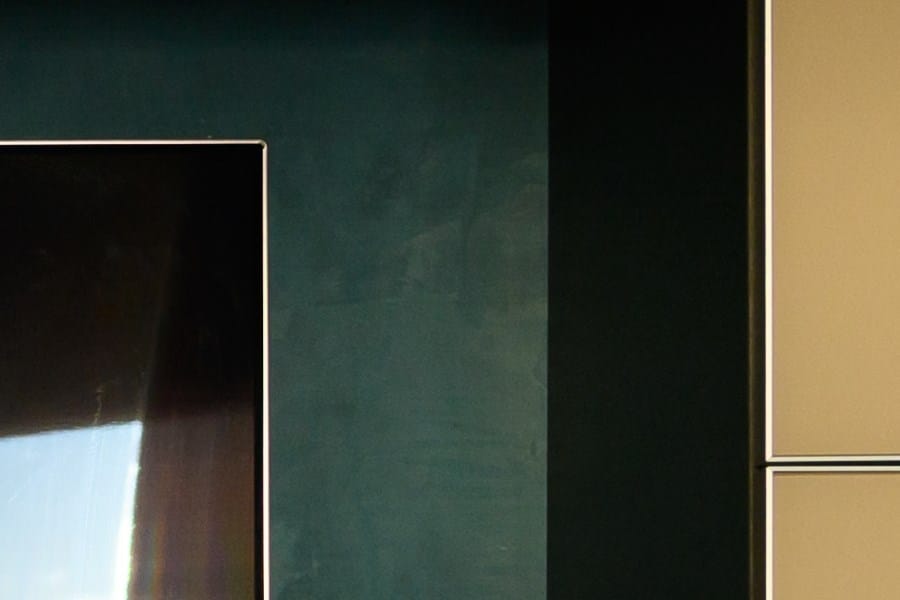
Pushed 4 stops – DETAIL – 100% Crop
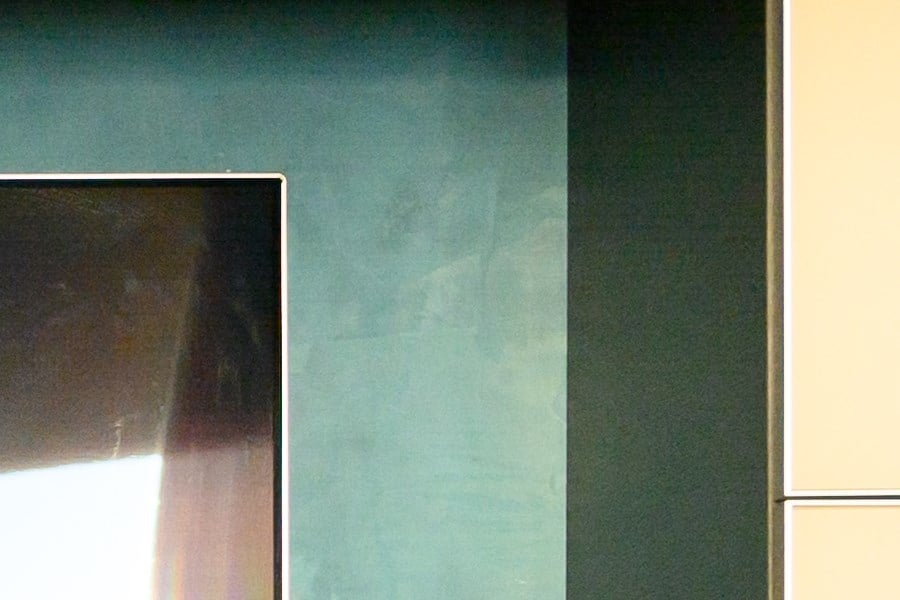
Pushed 5 stops – DETAIL – 100% Crop
One interesting thing I noticed is that the stripes come out when you try to reduce noise in the picture in Lightroom.
In the following GIF you can see what happens if you put color and luminance slides on zero, and increase them in steps of 5% up to 20% and 25% respectively.
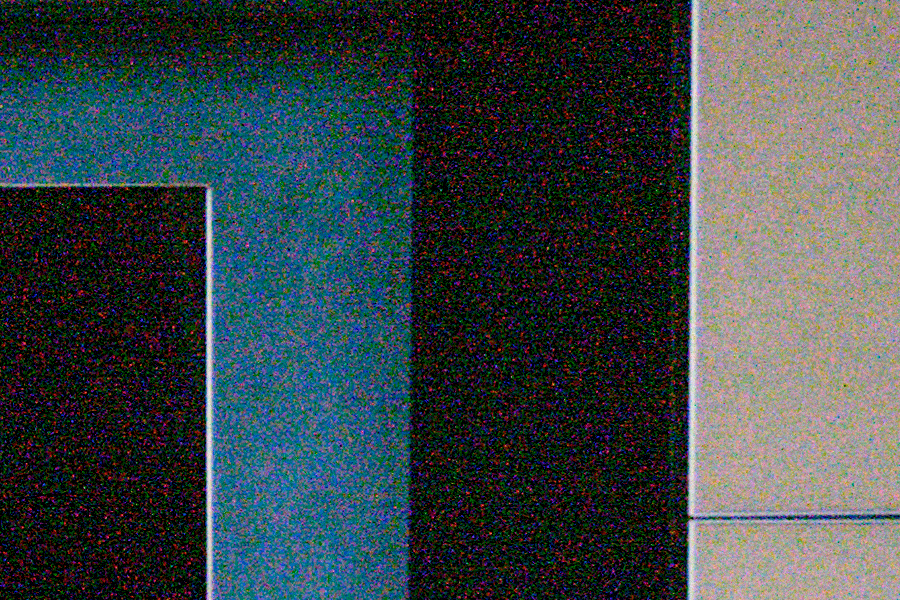
In addition, the same photo with a different light (no direct sun) doesn’t show any trace of banding even when its pushed by 6 stops.
Original one. Pretty black!
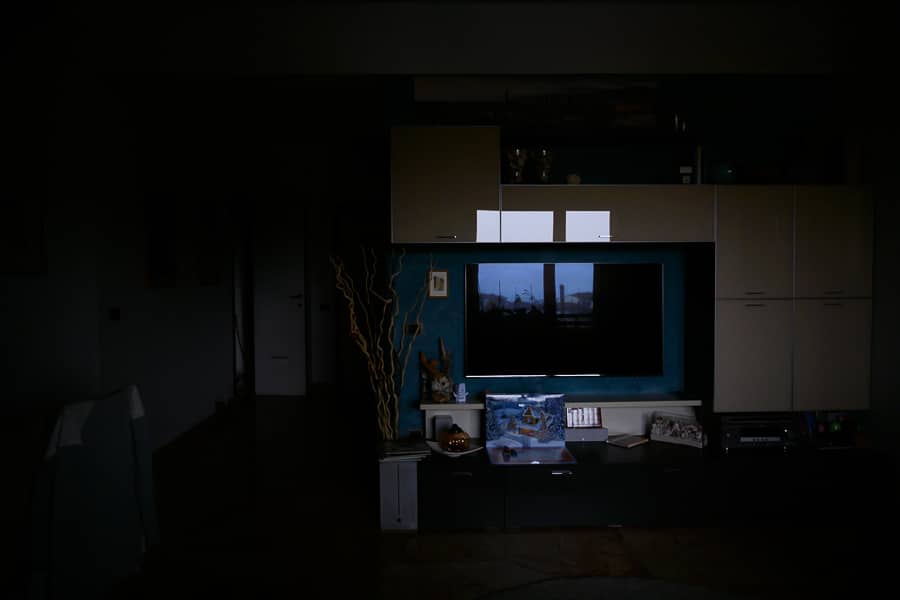
Pushed 6 stops in exposure
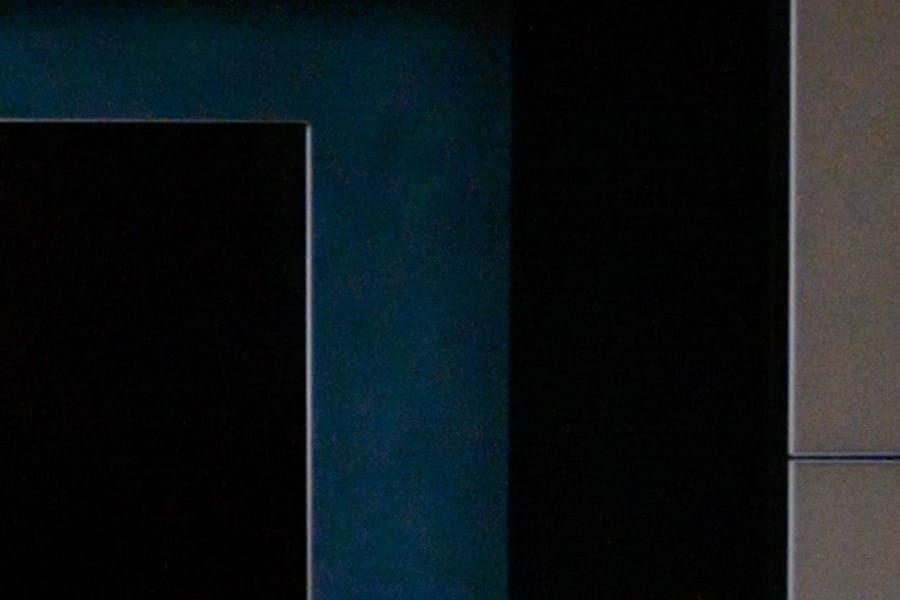
Pushed 6 stops, detail – 100% Crop
In my opinion, this is not a true problem in real life (but of course I hope they could adjust it with some firmware release).
The funny thing is that in around 10000 photos I took, the only photo where it appears is one of the two I shot to prove that the issue exists.
In conclusion, my idea is that we can hypothetically take for true what DP Review says: “In most circumstances, the Z7’s image quality will be remarkably similar to that of the D850 (as you might expect). However, it’s not quite fair to say it’s the same…striping and banding (caused by the addition of on-sensor PDAF) mean the usable dynamic range is reduced.”.
However, if you look at the examples below (Shot with the 50mm f/1,8S – 64 Iso, where both the images have been pushed 5 stops) you’ll see that there isn’t any trace of it in a real-world test.
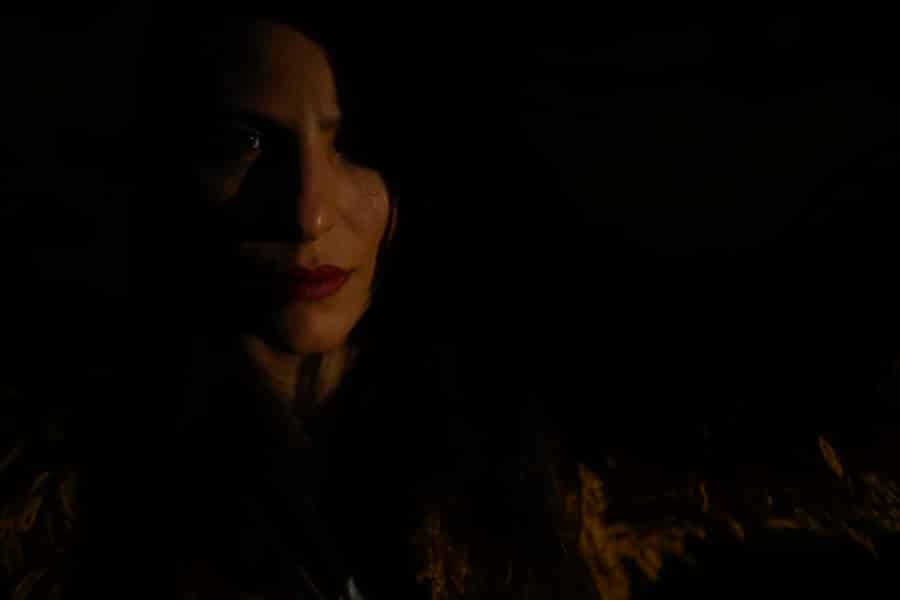
Photo straight out of camera
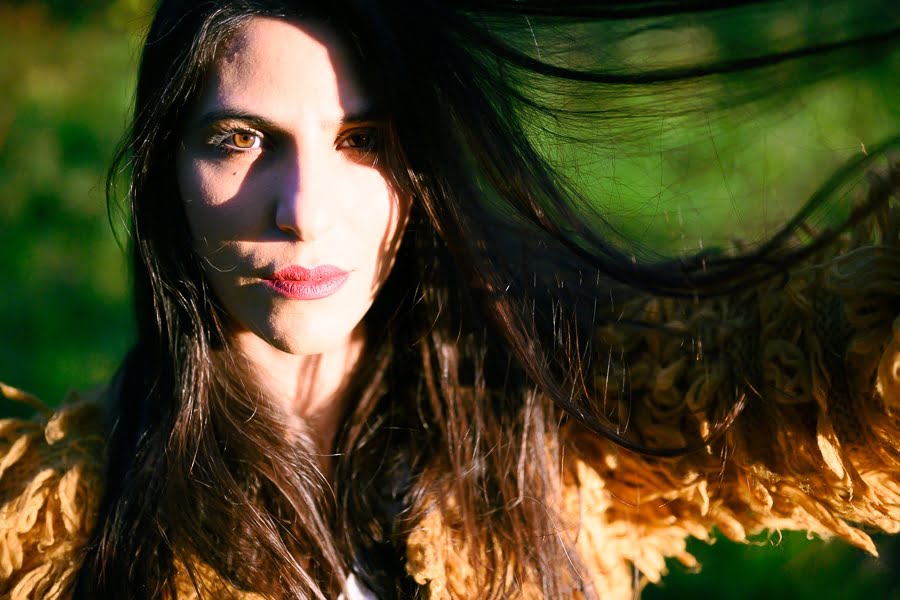
The same image pushed 5 stops
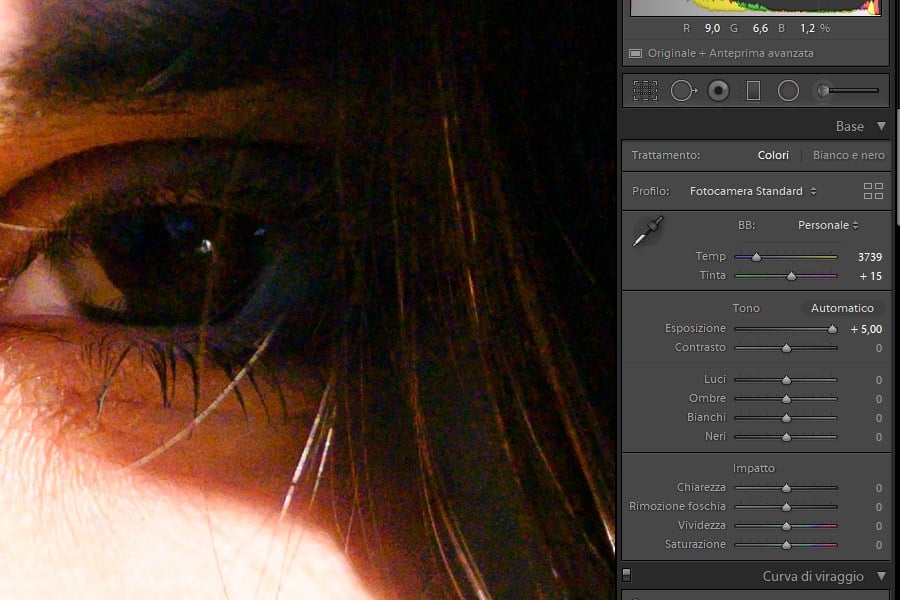
Detail – 100% Crop

Detail – 100% Crop

Photo straight out of camera
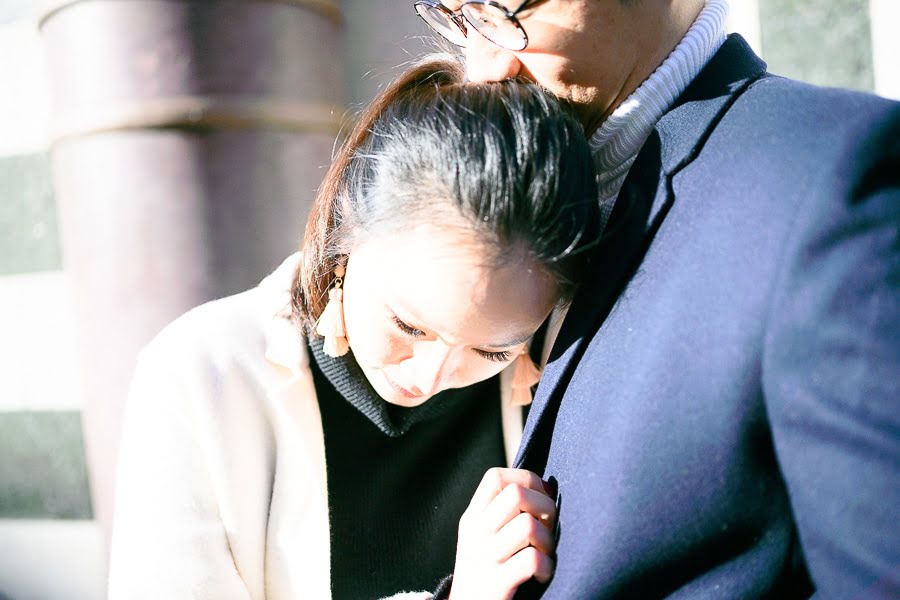
The same image pushed 5 stops
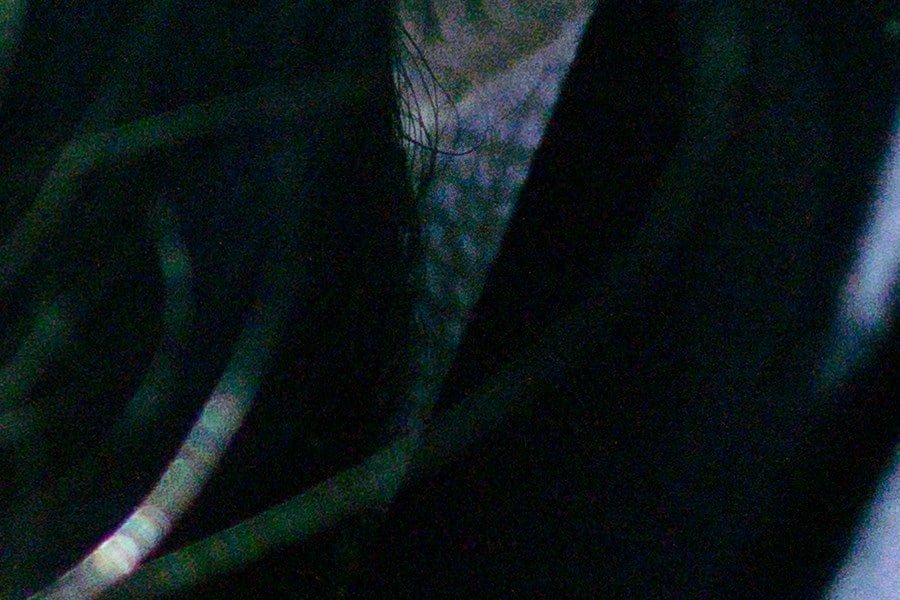
Detail – 100% Crop
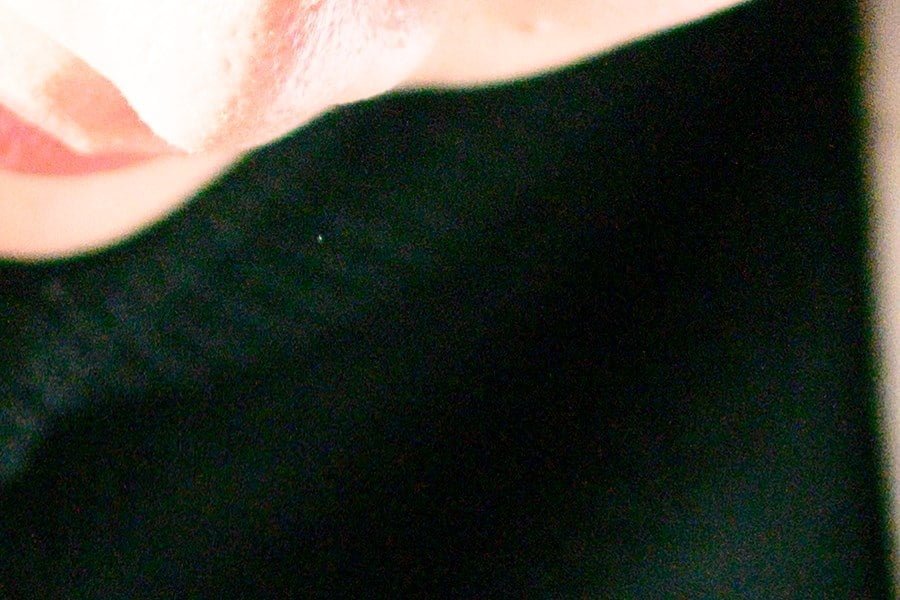
Detail – 100% Crop
Nikon Z7 Review | Conclusions
This Nikon Z7 is an amazing camera, especially if you think of it as the first piece of the puzzle, rather than the flagship mirrorless camera from Nikon.
It does have some limits, but only if you want to use it for certain professional tasks like wedding photography, such as in my case.
I work mostly alone, and 50% of the time I’m not supported by a videographer, meaning I’m the only professional photographer covering the event. As I said I can’t think to work with a single slot for even a moment, despite the fact that XQD cards are way more reliable than SD cards and also the fact that I’m using two cameras.
If I could work in a team of two or more, I would seriously think about using the Nikon Z7 to shoot weddings.
After a couple of days, I was doing everything I do with my D850, but faster (except changing configuration), lighter and having more fun.
Most problems that have been found with the Nikon Z7 are false issues – the battery lasts significantly longer than what I thought, the banding doesn’t exist in real life scenarios, and the AF performs really well.
I also love all those pixels, the minimum ISO of 64 and the file quality this combination delivers.
Build quality, ergonomics, and handling are probably the best I’ve ever felt. The Nikon Z7 is the only mirrorless that weighs and acts like a mirrorless camera, but at the same time is as comfortable to use as a DSLR.
Touchscreen and viewfinder are also top-notch. Autofocus is fast and reliable, but you need to learn how to get the most from it, particularly in tracking mode. As soon as you get used to the way it works, you will agree with me about its performance. Unfortunately, it becomes increasingly uncertain in low light and sometimes it hunts a bit too much (i.e. in candlelight). There is a low light option, but it’s not for you if you need to be fast.
If you use face recognition it continues to track the subject in a pretty decent way, even in very low light – look at the night portrait of my daughter, running – with the FTZ mount.
The FTZ mount, allows you to use virtually any F-mount lens you own. I tested it with few of them (58mm f/1.4G, 28mm f/1.4E, 24-120mm f/4, 50mm f/1.4G) and they perform nearly identically as they do on the D850 (if not faster!).
This camera has a lot of features I didn’t talk about, like an intervalometer, awesome video capabilities (it seems there the AF gives its very best), mechanical in-body stabilization.
So in summary, what’s missing on the Nikon Z7 to compete with the best full frame cameras? A second slot, more AF options (like eye-AF), more button configuration options, a global shutter (please Nikon!!), and a more capable buffer.
However, none of these limits stopped me from getting the shot, each and every time. If you would like to buy this camera, just do it. The price is high, but there is so much inside this small body (especially if you’re already a Nikon user) that you will not be disappointed!
I’m an Italian destination wedding and portrait photographer based in Florence, Tuscany. I’m a full-time photographer since the end of 2015, when I quit my previous job (I’m a mechanical engineer and I was working as a project manager for a big household appliances manufacturer). In that precise moment, I chose life, and wedding photography has became my lifestyle. I have two kids that teach me every day how surprisingly beautiful can be our world; And a wife, that teach me every day what love is.







